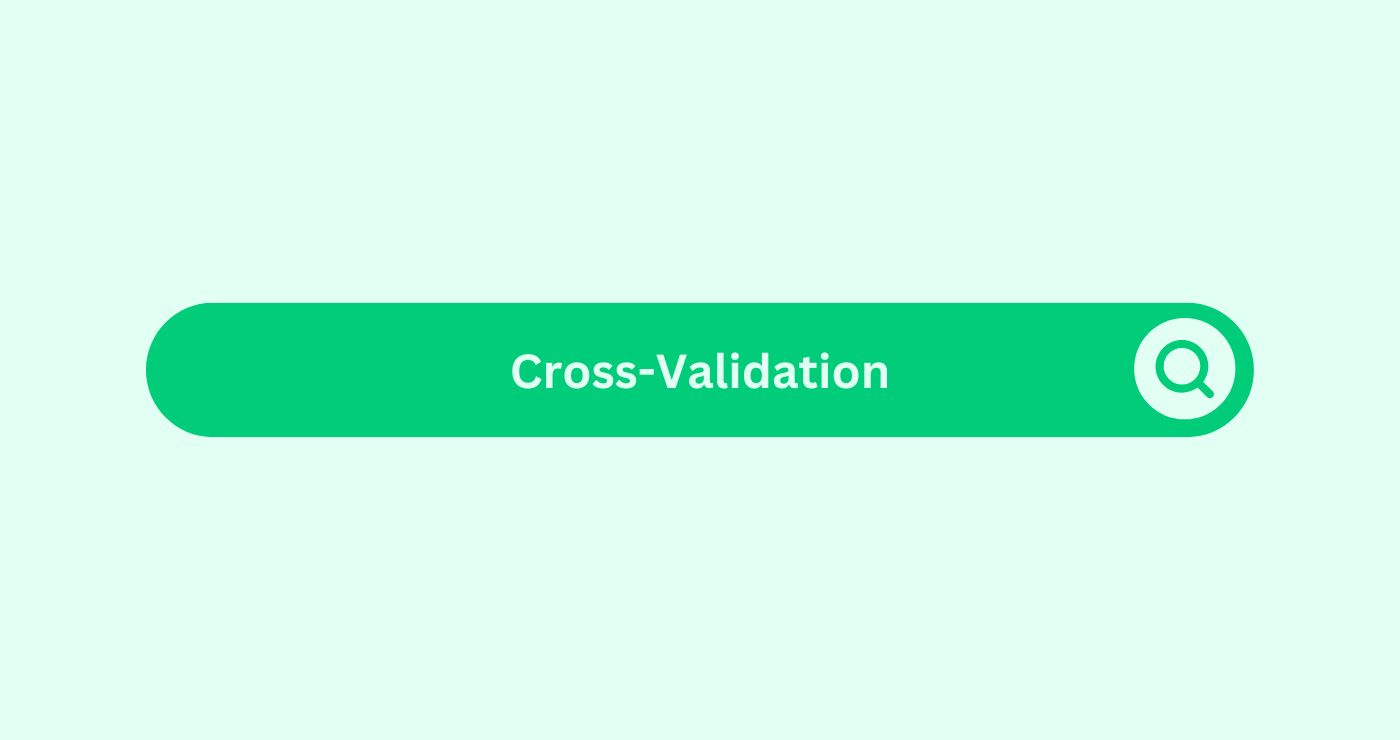Definition
Cross-Validation in AI Terms in Content MarketingDefinition Content marketing strategically creates and share... is a statistical technique used to test how accurately a machine learning model will perform on unseen content data. It works by dividing a dataset into multiple segments, training the model on some parts and validating it on the rest. This cycle repeats several times to ensure the model isn’t overfittingDefinition Overfitting in machine learning happens when a mo... to a specific batch of data.
For a performance marketing agency, cross-validation helps test if an AI tool correctly predicts the best-performing ad headlines across various audiences. A SEO company may apply cross-validation when using machine learning to forecast page rankings or bounce rates from different content variables. A digital marketing Auckland team could use it to verify which email subject lineDefinition The subject line is the first impression your ema... model produces reliable open-rate predictions.
By using cross-validation, marketing teams gain confidence that their AI-driven strategies will generalise well in live environments—leading to better content planning and fewer campaignDefinition An SEO campaign involves focused, Organised effor... surprises.
Example
Consider an SEO Company that’s building an AI model to predict which blog headlines result in higher dwell times. They’ve collected historical headline data and user behaviourDefinition What is User Behaviour in Social Media Marketing?... metricsWhat are Metrics in the context of SEO? Metrics in SEO refer.... To ensure the model doesn’t just memorise the patterns but actually learns general trends, the team uses 5-fold cross-validation.
The dataset is split into five parts. The model trains on four sections and tests on the remaining one. This repeats five times—each time using a different part for testing. The average result across all runs gives a clear view of how well the model will perform in future campaigns.
This approach leads to a headline predictor that consistently increases time on pageDefinition In the realm of SEO, time on page refers to the a... by 17%, without random spikes or drops.
Formulas & MetricsWhat are Metrics in the context of SEO? Metrics in SEO refer...
Here’s how cross-validation is typically measured in marketing-related AI tools:
| Metric | Formula or Description | Example Output |
|---|---|---|
| K-Fold Cross-Validation | Divide data into k parts, test on each once | k = 5 or 10 (commonly used) |
| Average Accuracy (%) | Sum of accuracy scores across all folds / k | (88 + 85 + 89 + 90 + 87) / 5 = 87.8% |
| Mean Squared Error (MSE) | Average of squared prediction errors | 0.041 (lower is better) |
| Standard Deviation | Measures score consistency across folds | 1.5% (low variance = stable model) |
| OverfittingDefinition Overfitting in machine learning happens when a mo... Risk Detection | Train accuracy – Validation accuracy | 96% – 85% = 11% gap = possible overfit |
Cross-validation helps digital marketing Auckland professionals assess performance and avoid premature deploymentDefinition Deployment is the release of software updates and... of unstable AI outputs.
5 Key Takeaways
- Cross-validation tests how well AI models generalise beyond the training data.
- It prevents overfittingDefinition Overfitting in machine learning happens when a mo... by rotating training and test data across multiple rounds.
- Performance marketing agencies use it to validate ad copy predictors and conversionDefinition In the realm of SEO, Conversion refers to the pro... models.
- SEO companies rely on it for keyword ranking forecasts and content scoring tools.
- It builds trust in machine learning outputs by highlighting consistent, unbiased results.
FAQs
Why is cross-validation better than a single test-train split?
It ensures your AI model performs consistently across different data samples, not just one random batch.
How many folds should I use in content AI tools?
Five or ten folds are common. More folds give a better estimate but take more processing time.
Can I apply cross-validation to time-based campaigns?
In time-sensitive content, use “time series cross-validation” to preserve date order and avoid leakage.
Does cross-validation work for small datasets?
Yes. Even smaller datasets benefit from it, especially when data variety matters more than volume.
How do marketers use cross-validation insights?
They help confirm whether AI content tools can be trusted in live campaigns—reducing trial-and-error costs.




